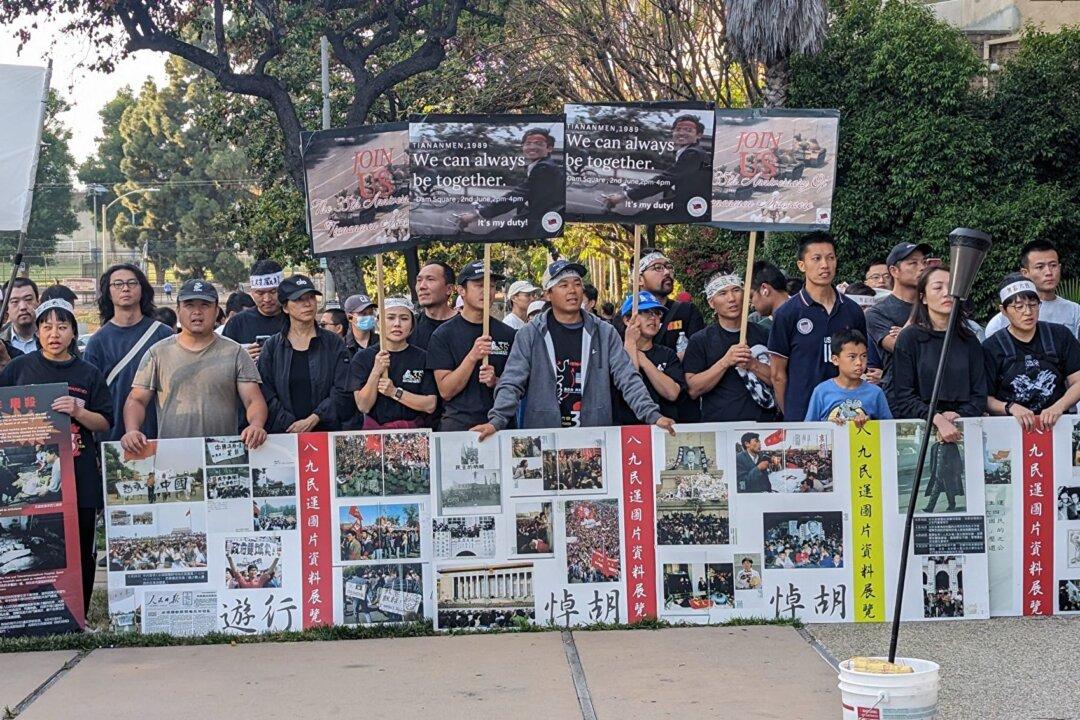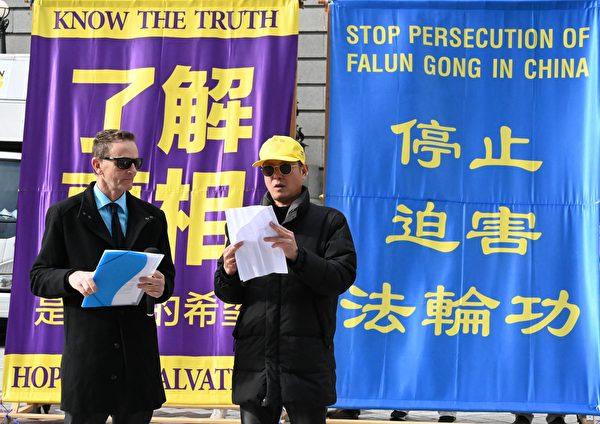Chinese leader Xi Jinping visited China’s naval force in the South China Sea last week—at exactly the same time as the United States and the Philippines began their largest-ever joint military drills.
Xi visited the navy of the Southern Theater Command on April 11 after China’s People’s Liberation Army (PLA) Eastern Theater Command concluded its military exercises around Taiwan from April 8 to 10.




